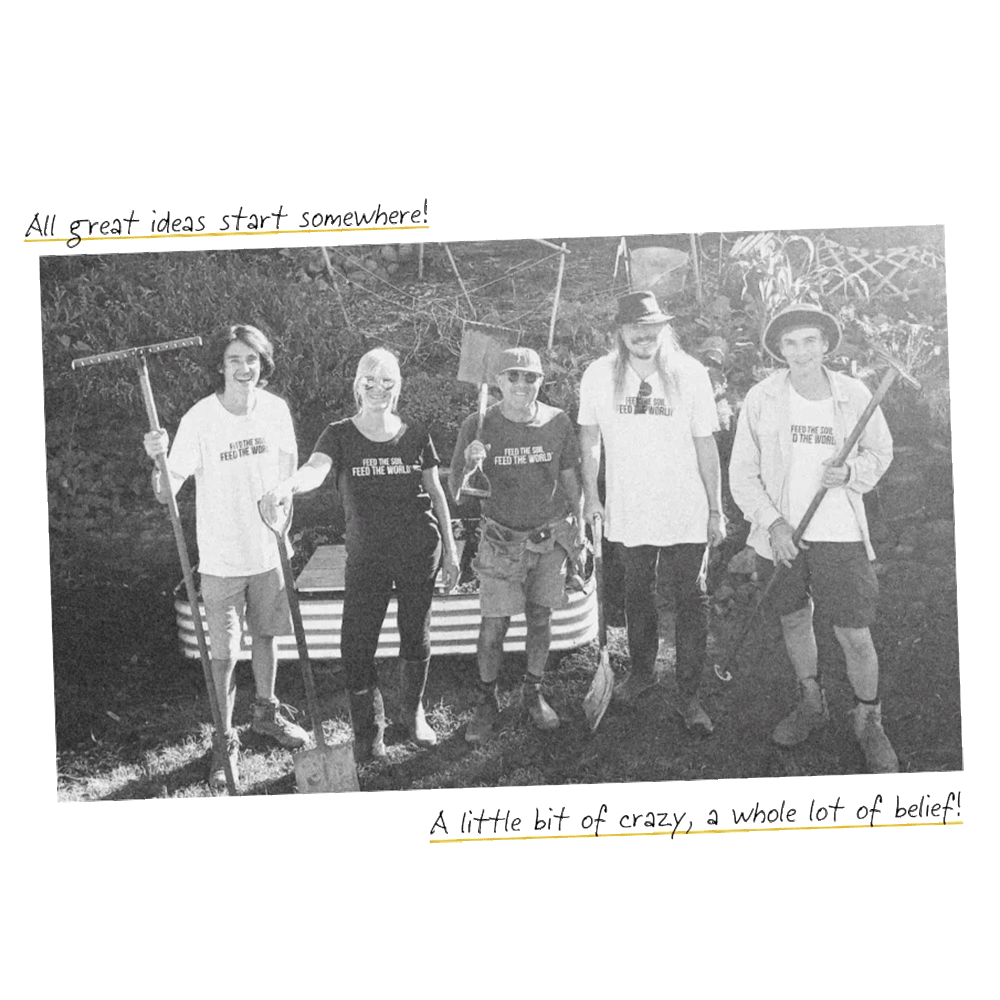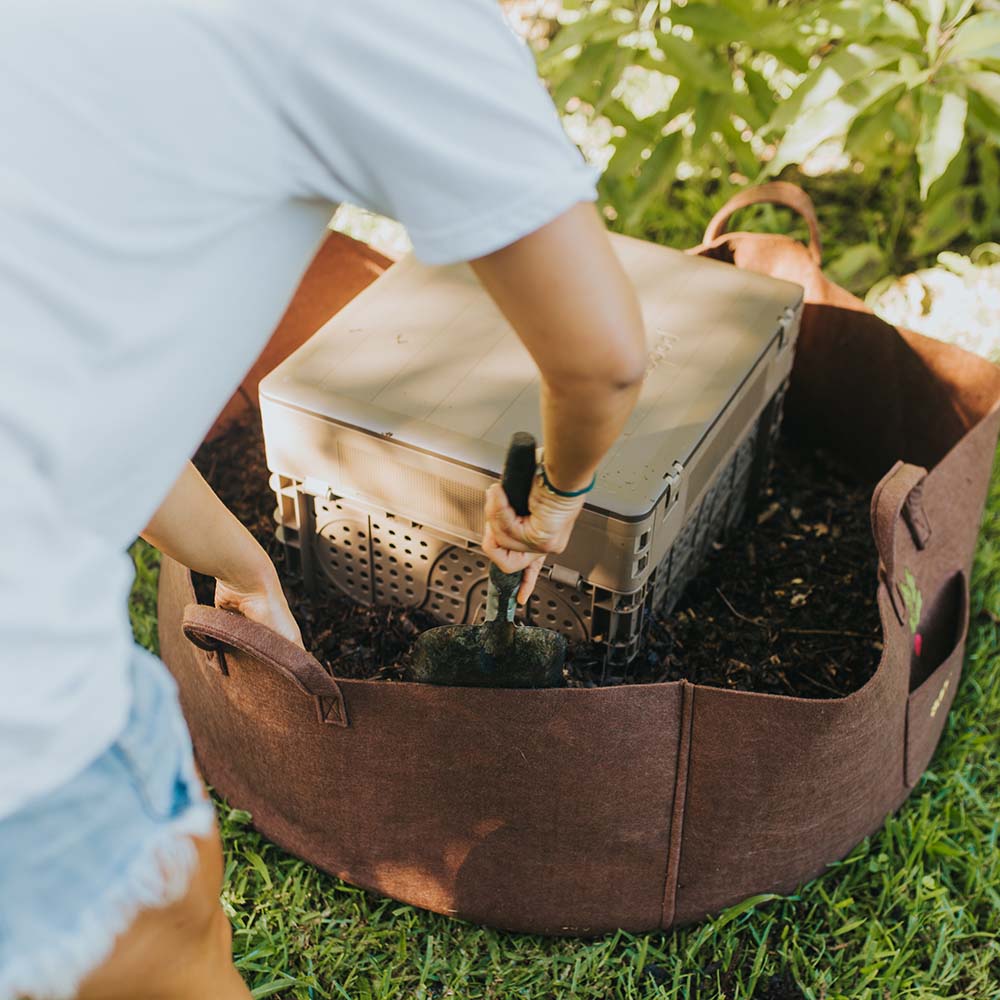If bees and butterflies could talk, what would they tell us about gardening?
It turns out, they don’t really need to speak for us to know! Over the last 30 years, the declining activity of our pollinators has told us a lot about the things they need in order to thrive.
Weeds can be a gardeners friend
We all love a weed-free garden, but you’ve only got limited time in every day. Focusing on keeping your veggie beds well mulched, fertilised and watered will manage a lot of the issues in your beds, along with a quick 15-minute once-over to pull up any unwanted sprouts.
But as for the rest of your garden? We say let it run wild – and here’s why:
-
Weeds help keep top-soil in place
Weeds make use of empty patches of soil. When soil is left exposed, it washes away with rain and blows away in the wind, slowly eroding over time. With a blanket of weeds keeping it knitted together, you won’t lose any unused soil, and over time weeds can help break apart over-cultivated soil to allow you to grow in it again!
-
They’re natural pest control
Weeds can attract beneficial insects and deter pests! Wildflowers are especially good at doing this, and sewing a mixed-seed of native wildflowers in unused areas around your garden can help keep less desirable weeds out while adding colour to your patch.
-
They’re a habitat for bees, butterflies and other beneficial insects
Perfectly maintained gardens might be pest-free and weedless, but they’re also lacking in all the signs of a healthy garden. If you’re wondering where all the bees and butterflies went, ask yourself if you’ve created a place for them in your patch.
A wildflower crop cover doesn’t just add colour to your garden and suppress undesirable weeds, it creates a nursery for butterflies and a banquet for native bees. If butterflies have wildflowers to lay their eggs on, their caterpillars are less likely to come munching on your own plants!
Not all flowers are made equal
Wondering why you don’t see many pollinators in your garden, despite having flowers all around?
It turns out, not all flowers are made equal. Generic store-bought varieties have slowly lost their biological uniqueness, losing their scent and pollen count over time. If bees and butterflies can’t smell the flowers, they don’t know they’re there!
Planting heirloom varieties and native flowers invites pollinators back into your garden, which will improve the bloom of your flowers year-on-year — as well as your crops.
Butterfly garden plan from Garden Gate Magazine
Keep things diverse and native
You’d get bored only eating the same thing every day, right? That’s why you plant a variety of vegetables and herbs, so you can create different meals and enjoy the diversity that nature has to offer.
Bees and butterflies are just the same. Plant a diverse mix of native flowers and wildflowers that bloom in different shapes and colours from early spring right through to fall. Night blooming flowers will attract bats to your patch, who will help cull moths and other pests!
Get creative and plant in clumps of different flowers to offer variety in every place you plant – or create a whole garden bed dedicated to feeding pollinators! People call these butterfly gardens.
Find balance with caterpillars
The last thing that butterflies wish more gardeners knew is something we already know, we just forget. You can’t have any butterflies if you kill all the caterpillars.
Toxic pesticides are your quickest way to an insect-less garden – for better and worse. Killing caterpillars might save your crops from a bit of munching, but it’s contributing to dwindling pollinator populations everywhere.
Try ditching the pesticides and exploring organic techniques instead! Having a diverse range of wildflowers and weeds will give your caterpillars more food options, making them less likely to go for your crops. You can handpick any bugs you find on your veggies and return them to the flower beds, encouraging them to stay in their special area.







Leave a comment
This site is protected by hCaptcha and the hCaptcha Privacy Policy and Terms of Service apply.